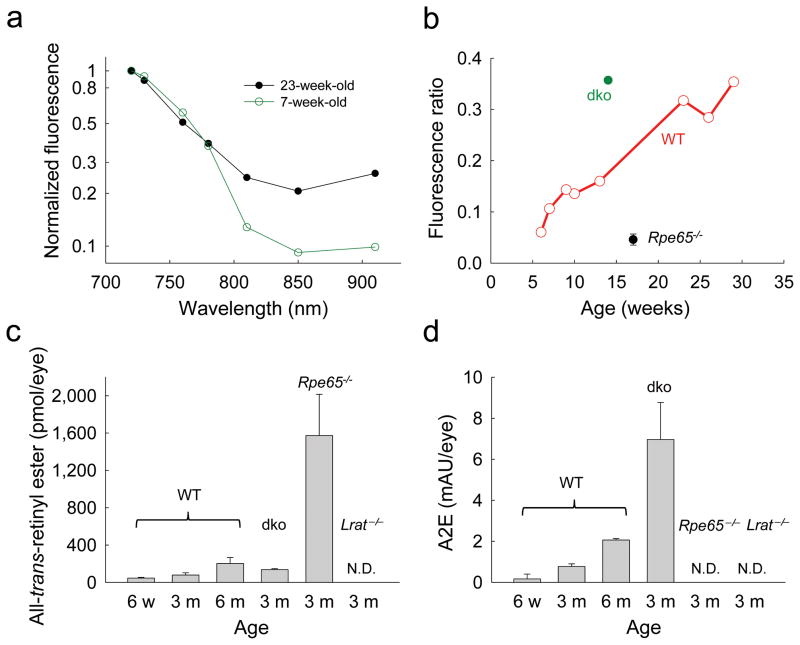Figure 5. Age–dependent changes in fluorophore accumulation in mouse eyes.
(a) Two–photon excitation fluorescence intensity of WT mouse retina drops with increasing wavelengths of light excitation; the decline of fluorescence emission is more rapid in younger than in older mice. Fluorescence emission values were normalized to that observed with 720 nm excitation. (b) Ratios of fluorescence excited with 910 nm light relative to fluorescence excited with 730 nm light increased with age in WT mice. Abca4−/−Rdh8−/− (dko) mice displayed higher fluorescence ratio than WT mice. (c) Increasing levels of all–trans–retinyl esters determined by normal phase HPLC were found in the eyes of WT mice at the ages of six weeks, three months and six to seven months. Rpe65−/− mouse eyes exhibited more than a 15–fold increase in all–trans–retinyl ester accumulation as compared to age–matched WT mouse eyes. No all–trans–retinyl esters were detected in Lrat−/− mouse eyes (n=5 for each group). (d) A2E was extracted from mouse eyes and quantified by reverse phase HPLC. Control WT mice were evaluated at six weeks, three months and six to seven months of age and exhibited increased A2E amounts in an age–dependent manner. A2E levels in 3–month–old Abca4−/−Rdh8−/− mouse eyes were markedly higher than in age–matched and older WT controls. No A2E was detected in the eyes of 3–month–old Rpe65−/− and Lrat−/− mice (n=5 for each group). In (c) and (d) data columns are shown with one standard deviation bars.

